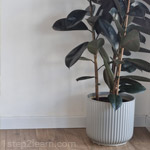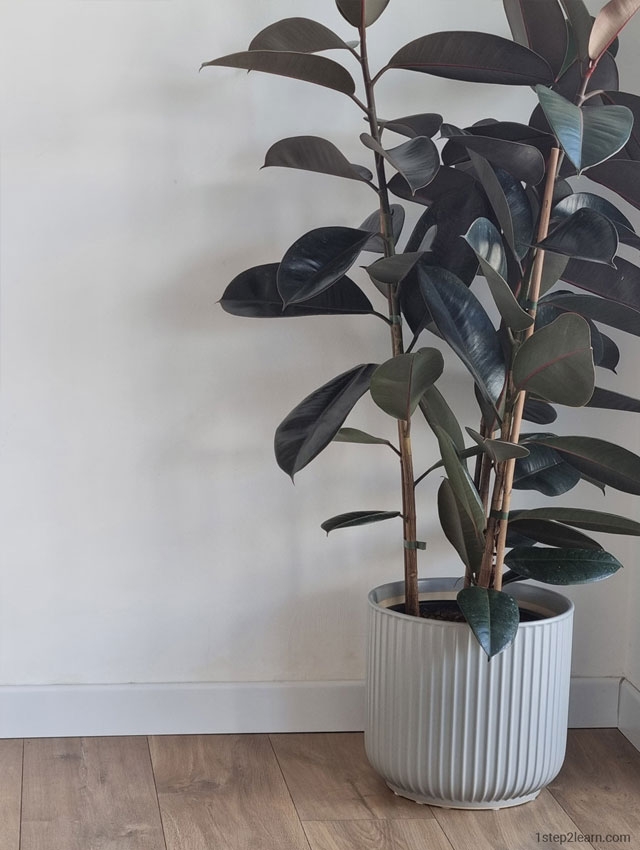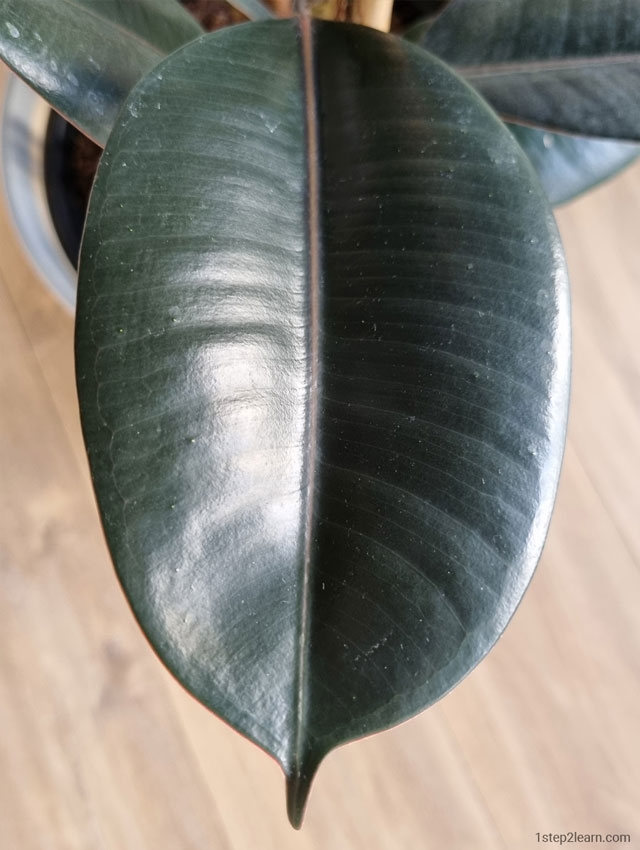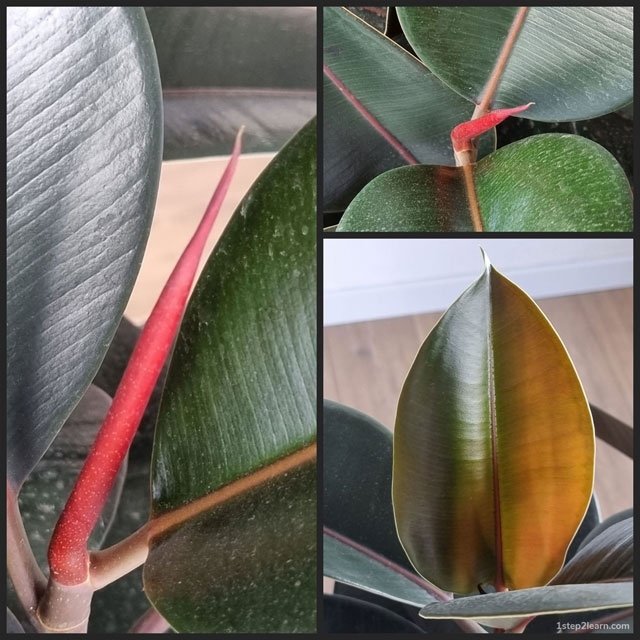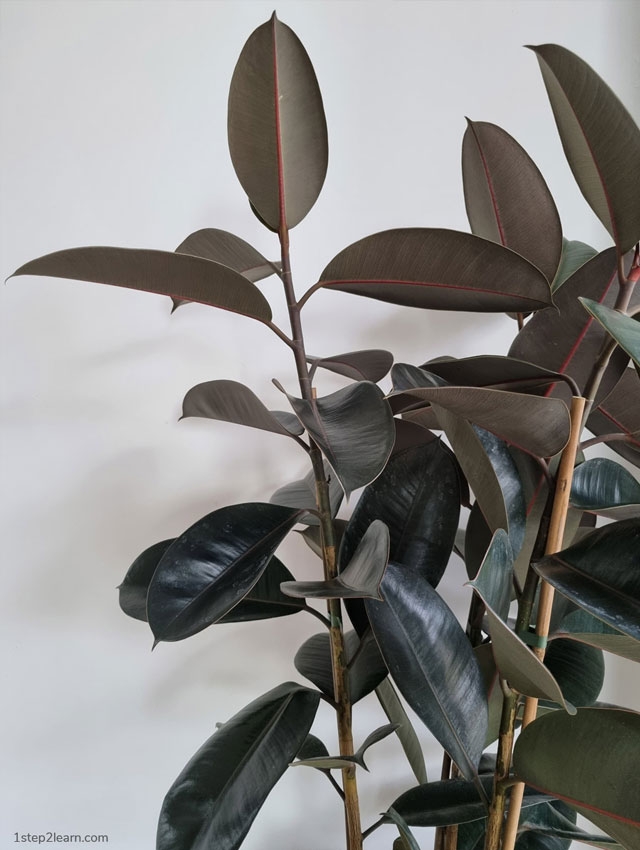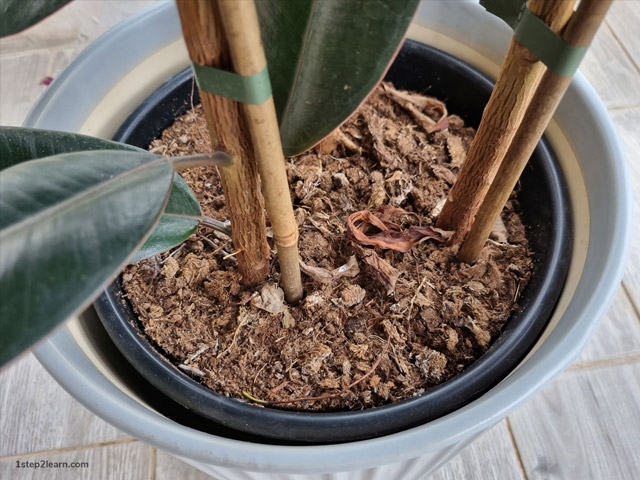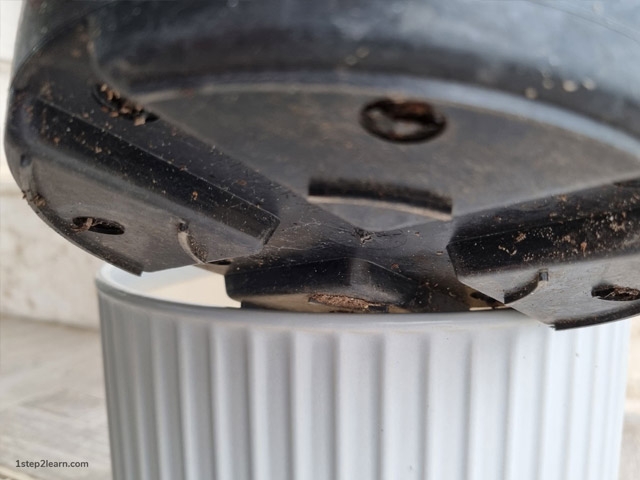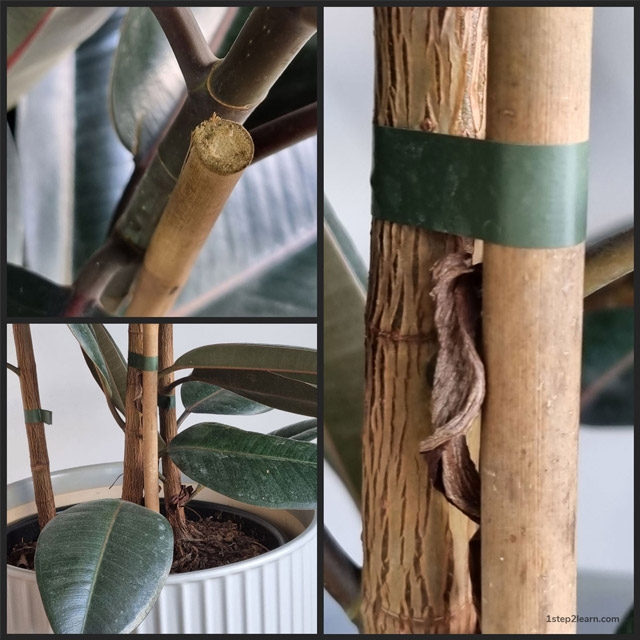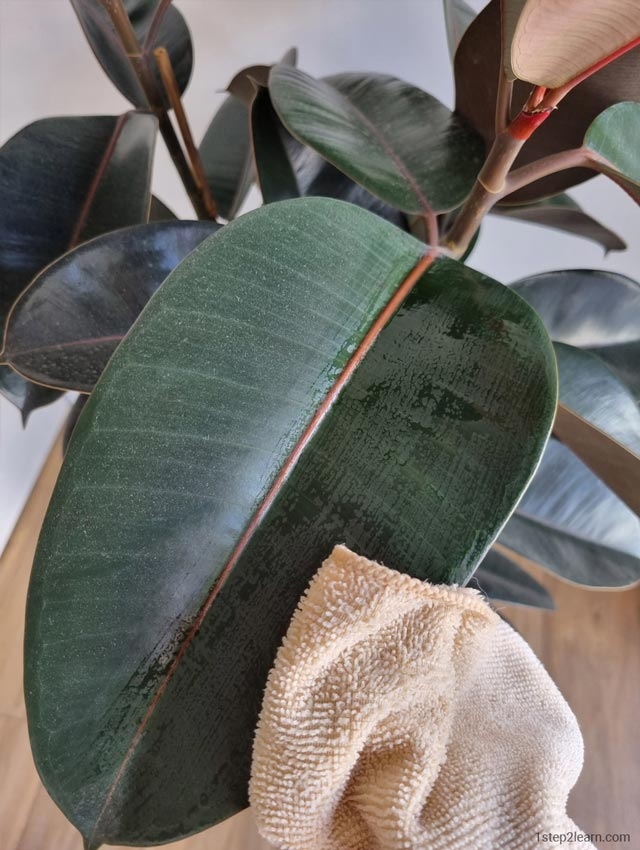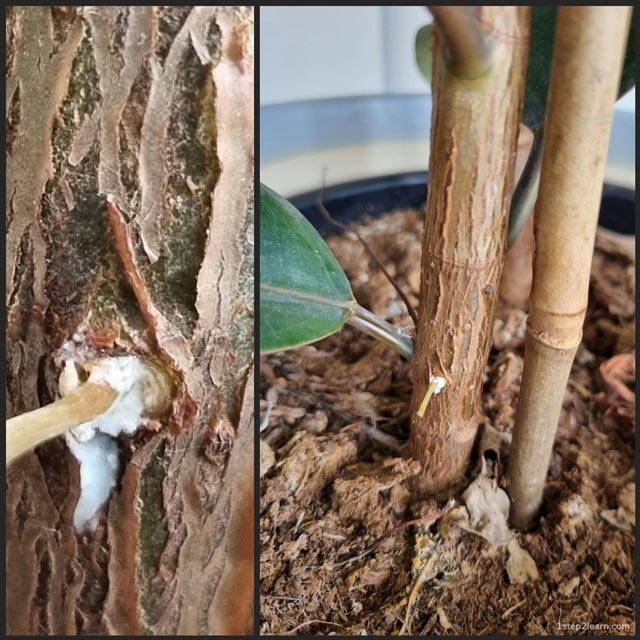Rubber Tree Black Prince (Ficus Elastica) - Benefits and Growing Tips
Benefits
-
Air purifier, helping to reduce formaldehyde levels in indoor environments and improve air quality.
-
Requires minimal maintenance, making it a hassle-free plant to care for.
-
It has a fast-growing nature, continuously adding fresh leaves and vitality to your space.
-
Thrives in indirect sunlight, making it suitable for indoor environments.
-
Demonstrates resilience and can thrive in various conditions.
-
The almost black-colored leaves, lending an elegant and dramatic touch, making it a truly striking variety.
-
The vibrant red edge on the leaves adds a stunning detail and artistic flair to the plant.
-
With its impressive height and generously sized leaves, it brings a bold and captivating presence to any space.
-
Its history as a plant used to produce rubber adds to its uniqueness, making it a fascinating and distinctive choice for plant enthusiasts.
A Striking Variety of Ficus elastica
The Rubber Tree Black Prince is a specific variety of the Ficus elastica species, and it's truly remarkable. It has some stunning features that set it apart from other plants.
Just imagine its deep burgundy or almost black-colored leaves—so elegant and dramatic! This variety has become a favorite among plant enthusiasts, and it's no wonder why.
If you're looking to enhance the ambiance of your indoor environment, the striking appearance of the Rubber Tree Black Prince can add a touch of elegance and beauty. Its deep burgundy leaves create a visually captivating focal point that can uplift the overall atmosphere.
The Air-Purifying Power of the Rubber Tree
Did you know that according to the NASA Clean Air Study, the Rubber Plant (Ficus elastica) is recognized for its ability to reduce formaldehyde levels in indoor environments?
Formaldehyde, a colorless and strong-smelling gas, is commonly present in various industries and products as a volatile organic compound (VOC), both indoors and outdoors.
To maximize the air-purifying benefits of the Rubber Tree Black Prince, it's recommended to place it in areas where you spend the most time, like your living room, bedroom, or office.
This way, the Rubber Tree Black Prince, with its big leaves and impressive size, not only adds a touch of elegance to your space but also helps you breathe cleaner and fresher air.
The Striking Red-Edged
At the top of the plant, where the leaves reach towards the sky, you'll notice a stunning detail that sets it apart—the vibrant red edge.
This distinct red edge is particularly prominent on the newer growth, creating a striking contrast against the deep burgundy or almost black color of the rest of the leaf. It's as if the plant itself is showcasing its artistic flair, inviting you to marvel at its beauty.
The Rubber Tree Black Prince is a powerhouse of strength and resilience. This plant has a remarkable ability to withstand dry conditions, making it a low-maintenance choice for indoor environments.
It has a fast-growing nature, and you'll be delighted to witness new leaves unfurling, adding a touch of freshness and beauty to your space.
With its stunning foliage and minimal watering needs, the Rubber Tree Black Prince is both a visually pleasing and practical plant that brings joy and vitality to any setting.
The Origins of its Name
The Rubber Tree, scientifically known as Ficus elastica, has this incredible ability to produce latex, a milky sap.
It's quite remarkable! When the tree's bark is cut or injured, this latex sap oozes out as a natural defense mechanism.
Now, this latex sap contains something really special called rubber.
While this latex was used in the past to make rubber, it should not be confused with the latex from the Pará rubber tree (Hevea brasiliensis), which is the primary commercial source for rubber production.
Propagation Methods
When it comes to propagating the Rubber Tree Black Prince, there are a couple of popular methods you can use. One way is through cuttings, where you take a piece of a healthy plant and encourage it to develop roots on its own.
Another method is called layering, where you encourage the growth of new roots on an existing branch while it's still attached to the main plant.
These techniques allow you to easily create new Rubber Tree Black Prince plants and maintain their desirable traits.
Light Requirements
This striking plant indeed thrives best in bright, indirect sunlight. It prefers a location where it can receive filtered light throughout the day, away from direct sunlight that can scorch its leaves.
Placing it near a window or in a spot with bright, indirect light indoors will ensure it gets the right amount of illumination it needs to grow and flourish.
Watering Tips
During the summer months, a general guideline is to water your Rubber Tree Black Prince every two weeks, allowing the top inch of soil to dry out between waterings.
In the winter, when the plant's growth slows down, watering once a month is typically sufficient.
Make sure to provide enough water during irrigation so that the entire soil gets wet, ensuring proper hydration for the plant. However, be cautious not to leave any standing water in the pot, as this can lead to root rot. The goal is to water thoroughly without allowing excess water to accumulate.
You can consider using two planters. The first planter, with proper drainage holes, will hold the plant and allow excess water to escape. This planter can then be placed inside a decorative outer planter for added insulation and visual appeal.
The space between the two planters creates insulation, helping to regulate temperature and humidity. This insulation can prevent the soil from drying out too quickly and provide a more favorable environment for the plant. As a result, water can evaporate more efficiently, ensuring that the soil stays adequately moist without becoming waterlogged.
Keep in mind that humidity levels and the size of the pot can also affect watering frequency.
Remember, it's better to underwater than overwater your Rubber Tree Black Prince, as overwatering can lead to root rot, a condition where the roots become waterlogged and decay due to lack of oxygen.
Allowing the soil to partially dry out between waterings helps maintain a healthy balance of moisture and prevents the risk of root rot, ensuring the well-being and longevity of your plant.
Maintenance
When it comes to maintenance, it's a good idea to regularly inspect your Rubber Tree Black Prince for any signs of overgrowth or damaged leaves. If you notice any stems or branches that are growing too long or becoming unruly, you can trim them back to maintain the desired shape of the plant.
Additionally, if you have a taller Rubber Tree Black Prince that may require support, you can gently stake it using bamboo stakes or other suitable supports. This helps to keep the plant upright and prevent any leaning or drooping.
It's also important to check for any debris or accumulated dust in the foliage. Use a soft, damp cloth to clean the leaves and keep them free from dust, which can hinder their ability to photosynthesize properly.
Toxicity
The Rubber Tree contains a milky white latex, which is separate from its sap and stored in different cells. This latex, if it comes into contact with the eyes or skin, can be irritating and cause discomfort.
It's always advisable to handle the plant with care, wearing protective gloves if necessary, and avoid touching your face or eyes after handling it.
Furthermore, it's crucial to emphasize that the latex of Ficus elastica should never be ingested as it is toxic if taken internally. Ingestion can lead to adverse effects on health. So, it's best to keep this plant away from curious pets or children who might be tempted to chew on its leaves or other parts.
Summary
Whether you're looking to enhance your indoor space or office, the Rubber Tree Black Prince (Ficus elastica) is a fantastic choice that home designers often recommend. It adds a touch of beauty and greenery to any setting.
This captivating plant is not only easy to maintain but also highly resilient.
We've explored its air-purifying qualities and unique characteristics in detail. Remember to keep in mind its light requirements and watering tips to ensure optimal growth.
